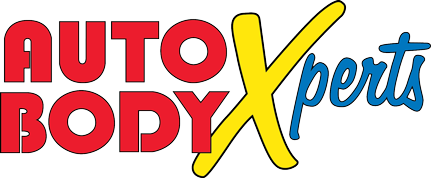Fall is here! Time for hayrides, apple picking, sweatshirts, football games, pumpkin spice everything, and… deer. To be safe this fall, here are some Xperts tips!

- Buckle Up: Make sure to wear your seat belt.
- Remember there is always more than one: Typically, if you see one deer, there are more to follow so proceed with caution.
- Take caution on two-lane roads: Deer are most prevalent on the side of a two-lane road.
- Heed deer crossing signs: When you see a deer crossing sign, remember it is placed at that location for a reason and it means deer are prevalent in that particular area.
- Avoid swerving: Statistics show that when most drivers swerve to avoid hitting deer, they hit another object instead, such as a tree or another vehicle.
- Hitting a deer: Unfortunately and in some cases, hitting a deer can be unavoidable. Ideally, what you want to do is prevent the deer from landing on the hood of the vehicle and slamming into your windshield. Should the animal make contact with the windshield, there is a good chance it will smash right through causing the driver to lose control of the vehicle resulting in serious injury and in some cases, death to the driver and passengers. When hitting a deer seems unavoidable, try to think fast and be aware of the situation. Experts advise braking until the very last second of impact, then releasing the brakes. This should propel the deer away from your vehicle instead of on to the hood or windshield.
Helpful tips:
- Turn the vehicle’s hazard lights on when you see deer so other motorists are aware that there are deer ahead.
- If you notice any deer, especially if they are close to the road, slow down as much as possible and proceed with expert caution.
- Sounding your horn can startle the animal and cause it to dart into the road or straight into traffic.
- All vehicle-deer collisions must be reported to the police as soon as possible.
- In the event that the deer is alive but injured, avoid all contact and move away, keeping a good distance from the animal and wait until police arrive.
- Watch for the reflection of deer eyes and for the silhouettes on the shoulders of the roads. If anything looks slightly suspicious, slow down.
- Use high beam headlights if there are no oncoming vehicles. High beams will allow the driver to better see the eyes of the deer.
- Blink your high beams at the deer. Deer seem to be in a trance when they see your headlights. By blinking your headlights at them, it alerts them to the danger heading towards them.
- If you know you are going to collide with a deer, do not brace yourself. By doing this, it will increase your chances of breaking bones and being seriously injured. If you are going to collide, relax your body while still maintaining control of the vehicle.
- Most deer sightings and accidents happening in the morning and at dusk. Be extra alert at that time.
Most importantly, stay alert, always wear your seat belt and drive at a safe, sensible speed for the conditions.
If unfortunately you are in an accident, come to Auto Body Xperts… Relax, we are the Xperts!
For more facts and helpful tips, see the Michigan Office of Highway Safety Planning.
